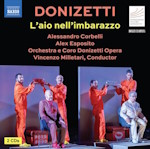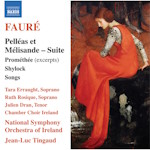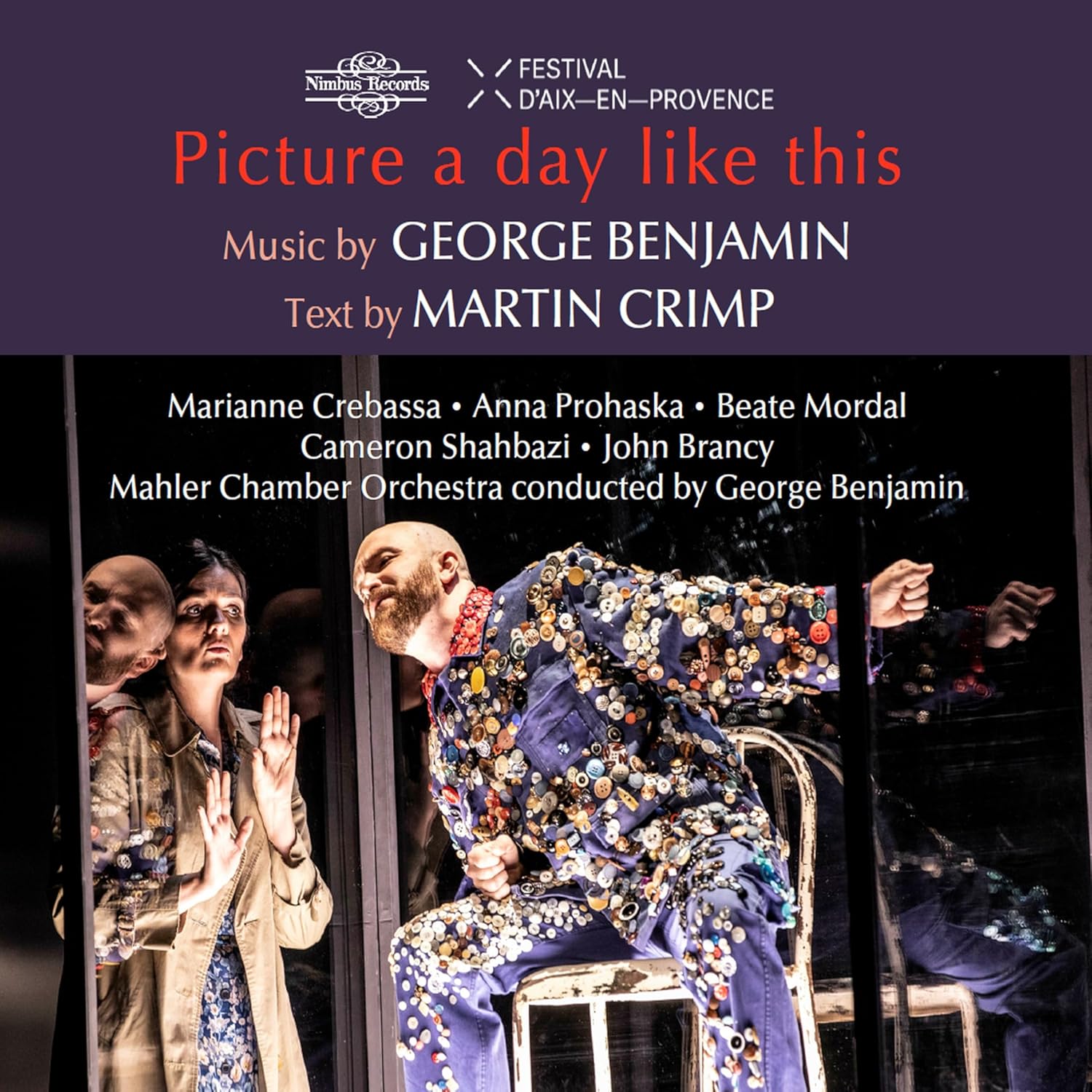
Für Beethoven: Music Inspired by Beethoven for Guitar & Piano
Ferdinando Carulli (1770-1841)
Beethoven Variations, Op. 169 (1822)
Grand Duo for Fortepiano and Guitar, Op. 86 (1814)
Ludwig van Beethoven (1770-1827)
Piano Sonata No. 27 in E minor, Op. 90 (arr. piano and guitar, Ferdinand Rebay)
Claudio Maccari (b. 1970)
26 Marzo 2020 (2020)
Duo Savigni
rec. 2020, Cavalli Musica, Brescia, Italy
Reviewed as a download
MP Editions cd/002 [48]
At first glance, a Beethoven recording for guitar and piano seems an unlikely proposition. The composer wrote no original works for this combination of instruments and showed no particular affinity for the guitar. Beethoven’s style, more often than not founded on dramatic conflict and extreme contrasts, appears ill-suited to such a quiet and subtle instrument. The closest equivalent in Beethoven’s output would be his four pieces for mandolin and piano (WoO 43 and 44), which have entered the standard guitar repertoire through various arrangements (notably by Thomas and Konrad Ragossnig). Curiously, these obvious choices are absent from this disc. Perhaps a repertoire idea for a potential Für Beethoven, Vol. 2?
If Beethoven has little connection to the guitar, why does this pairing prove appealing? The answer lies in the tradition of Hausmusik. Popular works from the orchestral, operatic and concert repertoire were frequently arranged for domestic performance on instruments commonly found in bourgeois households. These arrangements essentially served as proto-CD players or home jukeboxes for DIY music-making. The quality of the music written in this context ranges from the sublime (e.g. Fernando Sor’s Mozart Variations) to the ridiculous (e.g. Johann Kaspar Mertz’ solo guitar arrangement of selections from Wagner’s Der fliegende Holländer). These works were not conceived as virtuosic showpieces but as transcriptions intended to be well within the grasp of talented amateurs or semi-professional musicians (though certainly not at the level of quality heard on this recording).
Duo Savigni, comprising sisters Enrica (guitar) and Laura (fortepiano), wisely decided to employ period instruments: a guitar by Anton Stauffer (‘Modello Luigi Legnani’, Vienna, 1832) with gut strings, and Paul McNulty’s copy of a fortepiano by Anton Walter (1792). The timbral blend is remarkable, particularly in the bass register where the guitar’s low A and E strings become nearly indistinguishable from the fortepiano’s buzzing bass notes.
The programme opens with Ferdinando Carulli’s Beethoven Variations (Op. 169). Carulli, a Beethoven contemporary who made a name for himself in Paris as a guitar virtuoso and composer, arranged numerous popular works for guitar. Among guitarists, he has acquired an undeserved reputation for churning out mass-produced commercial fare and an overabundance of monotonous études that are inflicted on beginners. However, he also wrote many works of genuine musical interest that deserve greater recognition. Carulli’s Op. 169 is essentially an arrangement of an arrangement, a reworking of Beethoven’s Op. 66, in which Beethoven arranged Mozart’s ‘Ein Mädchen oder Weibchen’ from Die Zauberflöte for cello and piano. Carulli, in turn, replaced the cello with the guitar. Ironically, this second-generation arrangement arguably captures the spirit of Papageno’s aria more effectively than Beethoven’s own version. Thanks to the more moderate dynamic contrasts, tasteful ornamentation and elegantly rolled chords, the work assumes a charmingly playful, almost childlike character.
The album’s second offering, Carulli’s Grand Duo (Op. 86), is not an arrangement but an original composition emulating the style of Beethoven’s piano sonatas. The first movement presents a dramatically charged sonata form in E minor where guitar and piano engage as true equals rather than melody and accompaniment. A lyrical and ethereal second movement gives way to a spirited rondo finale in which the A theme, characterised by grand rhetorical gestures (both instruments in unison), alternates with more dialogic concertante episodes. This original work receives a thoroughly convincing interpretation.
The third piece is Ferdinand Rebay’s arrangement of Beethoven’s Piano Sonata No. 27 (Op. 90). Rebay, an early 20th century Viennese composer, was not exclusively a guitar specialist but wrote for choir and various other instruments as well. His arrangement distributes the piano part evenly between both instruments, creating fascinating interplay of contrasting textures. Rebay’s arrangement is somewhat more successful in the predominantly lyrical second movement than in the more dramatic opening movement. Perhaps I’m too strongly influenced by Friedrich Gulda’s recordings of Beethoven’s original version, but I found myself wishing for slightly brisker tempi and greater risk-taking, passion and drama in both movements.
The album concludes with the premiere recording of a newly commissioned work by Claudio Maccari entitled 26 Marzo 2020 (the date of completion of Maccari’s piece, coinciding with the 193rd anniversary of Beethoven’s death). Described in the booklet as an oedipal deconstruction of the father figure Beethoven, this postmodern, eclectic piece is based on thematic material from the ‘Hammerklavier’ Sonata (Op. 106). Its idiom is significantly more modern than the other works, yet Maccari avoids brutal patricide. The occasional dissonances provide refreshing contrast, and the piece remains accessible, with passages reminiscent of Prokofiev and neoclassical works by Stravinsky and Hindemith. For me, this work represents the high point of the album and a fitting conclusion to its thoughtfully constructed musical narrative.
Special mention must be made of the excellent work of sound engineer Marco Taio. Even without the power of a modern Steinway, the combination of guitar and piano almost invariably presents serious balance issues. Either the piano completely drowns out the guitar, or the guitar is artificially amplified to the point of sounding metallic and unnatural. Neither problem arises here; the sound is remarkably transparent and natural, with the instruments perfectly balanced. The CD includes a detailed booklet in Italian and a somewhat overly literal English translation, providing information about composers, pieces and instruments.
While this album may not necessarily appeal to Beethoven purists or devotees of virtuoso guitar pyrotechnics, it represents a commendable collection of neglected works receiving first-rate interpretations. Given the widespread focus on original compositions, arrangements such as these rarely receive the attention they deserve, a discographic gap that this recording admirably helps to fill. A worthwhile sequel might include Beethoven’s mandolin and piano duos (WoO 43 and 44) in one of the established versions for guitar and piano.
Stefan Schwarz
Availability: MP Editions

















